Amazon Rainforest
Table of Contents
- Introduction
- Location
- Geography
- Human Activity
- Biodiversity
- Flora and Fauna
- Conclusion
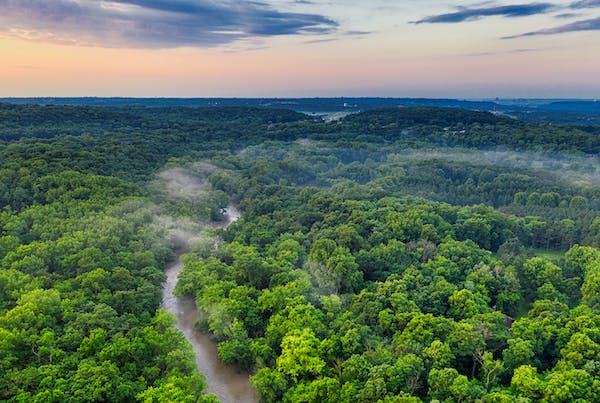
Introduction
The Amazon Rainforest, often referred to as the “Lungs of the Earth” and the “World’s Greatest Biodiversity Reservoir,” stands as one of the most extraordinary and ecologically significant natural wonders on our planet. Spanning vast portions of South America, this lush and verdant expanse of tropical forest is a realm of superlatives—home to unparalleled biodiversity, ancient cultures, and ecological processes of global importance. In this introduction, we will embark on a journey to explore the Amazon Rainforest, delving into its location, geography, human activity, biodiversity, and the unique flora and fauna that make it a natural marvel beyond compare.
Location
The Amazon Rainforest is primarily located in South America, spanning multiple countries. The largest portion of the Amazon Rainforest is found in Brazil, but it also extends into several other countries, including:
- Peru
- Colombia
- Venezuela
- Ecuador
- Bolivia
- Guyana
- Suriname
- French Guiana (an overseas region of France)
The Amazon Rainforest covers a vast and diverse region, making it one of the most significant and ecologically important forested areas on Earth. Its precise boundaries and extent can vary depending on how it’s defined, and it’s often referred to as the “Amazon Basin” because it includes not only the rainforest itself but also the surrounding drainage basin. This region is known for its incredible biodiversity and plays a crucial role in the global ecosystem, including its impact on climate and oxygen production.
Geography
Climate and Weather Patterns:
Tropical Rainforest Climate: The Amazon Rainforest experiences a tropical rainforest climate, characterized by high temperatures and humidity year-round. Average temperatures typically range from 24°C to 30°C (75°F to 86°F). Humidity levels can be exceptionally high, often exceeding 80%.
Wet and Dry Seasons: The Amazon has distinct wet and dry seasons. The wet season, typically from December to June, brings heavy rainfall, with some areas receiving up to 12 feet (3.6 meters) of rain annually. The dry season, from July to November, sees reduced rainfall.
Rainfall: The Amazon Basin receives a substantial amount of rainfall, driven by the convergence of moist air masses from the Atlantic Ocean and the Andes Mountains. This consistent rainfall is critical for the region’s lush vegetation.
Microclimates: Within the Amazon, microclimates can vary, leading to differences in rainfall and temperature. Areas closer to the equator typically have more stable temperatures and higher rainfall, while regions farther from the equator may experience greater temperature fluctuations.
Rivers and Waterways:
Amazon River: The Amazon River is the lifeblood of the rainforest, flowing through the heart of the region. It is the second-longest river in the world (after the Nile) and has the largest drainage basin. The Amazon River and its tributaries are essential for transportation, supporting diverse aquatic life, and influencing the region’s climate.
Tributaries: The Amazon River has numerous tributaries, some of which are also among the world’s longest rivers. Notable tributaries include the Rio Negro, Madeira River, Purus River, and Juruá River, among many others.
Floodplains: The Amazon Basin contains extensive floodplains and wetlands. During the wet season, many areas become inundated, creating a dynamic environment that supports various species of fish, birds, and amphibians.
Wetlands: The region is known for its vast wetlands, such as the Pantanal in Brazil, which is one of the world’s largest tropical wetlands. These areas are critical for biodiversity and act as breeding grounds for many species.
Human Activity
Deforestation: One of the most significant and concerning human activities in the Amazon is deforestation. Clearing land for agriculture, logging, and infrastructure development has led to the loss of large areas of rainforest. This not only reduces biodiversity but also contributes to climate change, as trees are crucial for absorbing carbon dioxide (CO2).
Agriculture: The expansion of agriculture, particularly soybean and cattle farming, has been a major driver of deforestation in the Amazon. Large-scale agricultural activities often involve clearing vast areas of forest, leading to habitat loss and increased greenhouse gas emissions.
Logging: Logging, both legal and illegal, poses a threat to the Amazon Rainforest. Unsustainable logging practices can lead to habitat destruction and a loss of valuable timber resources.
Mining: Mining for minerals, oil, and gas can result in habitat destruction, soil and water pollution, and the displacement of indigenous communities. The Amazon Basin contains significant mineral and hydrocarbon resources, making it a target for extraction activities.
Infrastructure Development: The construction of roads, highways, and dams can fragment and disrupt the rainforest ecosystem. Infrastructure projects can lead to deforestation, increased access to remote areas, and changes in water flow, affecting both wildlife and local communities.
Indigenous Rights and Land Use: Indigenous peoples have inhabited the Amazon Rainforest for centuries and rely on it for their livelihoods. Land encroachment and resource extraction can lead to conflicts over land rights and threaten the traditional ways of life of indigenous communities.
Conservation Efforts: There have been efforts to establish protected areas, national parks, and indigenous territories to conserve the Amazon. However, these efforts often face challenges such as illegal activities and insufficient enforcement of conservation laws.
Positive Initiatives: Some initiatives focus on sustainable development and conservation in the Amazon. These efforts promote responsible land use, sustainable agriculture, and alternative livelihoods that reduce the negative impact of human activities on the environment.
Global Climate Impact: The Amazon Rainforest plays a crucial role in the global carbon cycle, absorbing CO2 from the atmosphere. Deforestation and land-use changes in the region can release stored carbon back into the atmosphere, contributing to climate change.
Biodiversity
Species Richness: The Amazon Rainforest is estimated to be home to approximately 10% of all known species on Earth. This includes a vast number of species of plants, animals, and microorganisms. The exact number of species in the Amazon remains uncertain, as new species continue to be discovered regularly.
Plant Diversity: The Amazon Rainforest boasts an incredible diversity of plant species. It is estimated that the region contains over 390 billion individual trees belonging to approximately 16,000 tree species. Some iconic tree species include Brazil nut, rubber trees, and mahogany.
Animal Diversity: The Amazon is home to a wide array of animal species, including mammals, birds, reptiles, amphibians, and fish. It is estimated to host around 427 mammal species, 1,300 bird species, 378 reptile species, 427 amphibian species, and 2,200 fish species.
Endemic Species: Many species found in the Amazon are unique to this region and are considered endemic, meaning they are found nowhere else on Earth. Examples include the Amazon river dolphin, golden lion tamarin, and harpy eagle.
Insects and Invertebrates: The Amazon Rainforest is teeming with insect species, with estimates suggesting there may be millions of insect species alone. These insects play crucial roles in pollination, decomposition, and various ecological processes.
Aquatic Biodiversity: The Amazon River and its tributaries are home to an extraordinary diversity of freshwater fish species. Iconic species include piranhas, catfish, and the arapaima, one of the world’s largest freshwater fish.
Amphibians and Reptiles: The Amazon houses a remarkable variety of amphibians and reptiles, including colorful poison dart frogs, caimans, anacondas, and a wide range of snake and lizard species.
Birds: The Amazon is a birdwatcher’s paradise, with an abundance of colorful and exotic bird species. Parrots, toucans, macaws, and various raptors are among the many bird species found in the region.
Mammals: The Amazon is home to diverse mammals, including large predators like jaguars and pumas, as well as herbivores like tapirs, capybaras, and various monkey species.
Conservation Challenges: The Amazon’s biodiversity faces numerous threats, including deforestation, habitat fragmentation, illegal wildlife trade, and climate change. Conservation efforts aim to protect these unique ecosystems and their inhabitants.
Flora and Fauna
Flora (Plants):
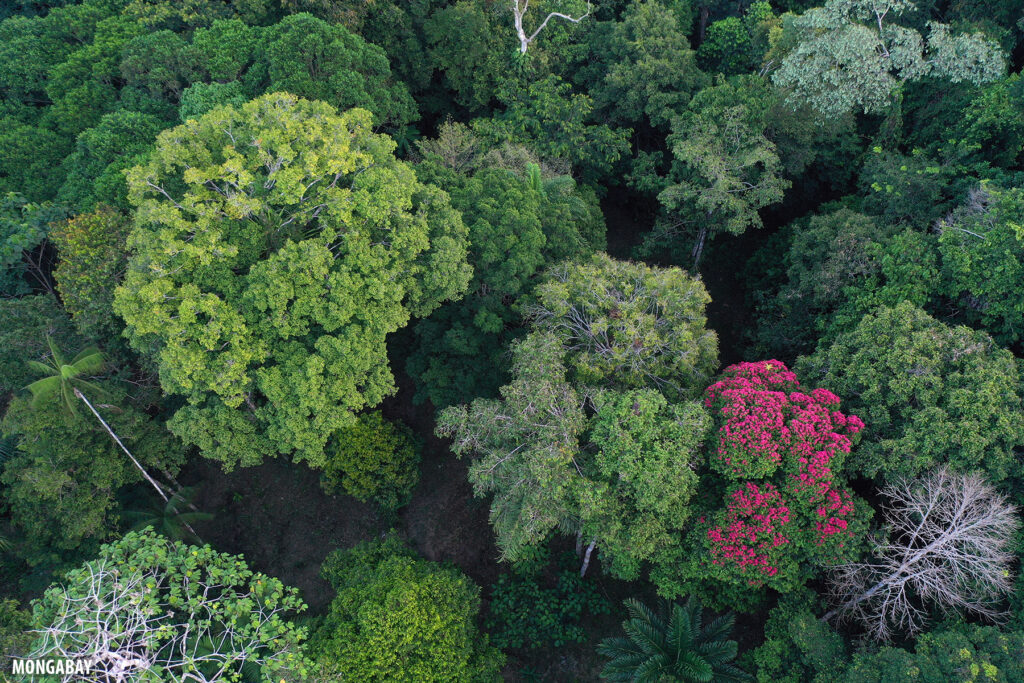
Rainforest Canopy Trees: The canopy of the rainforest is dominated by towering trees, including species like Brazil nut, kapok, and mahogany. These trees can reach incredible heights and are vital for providing habitat and food for a wide range of animals.
Epiphytes: Epiphytic plants, such as orchids, bromeliads, and ferns, grow on the branches of trees in the canopy. They extract nutrients and water from the air and rain, creating unique microhabitats.
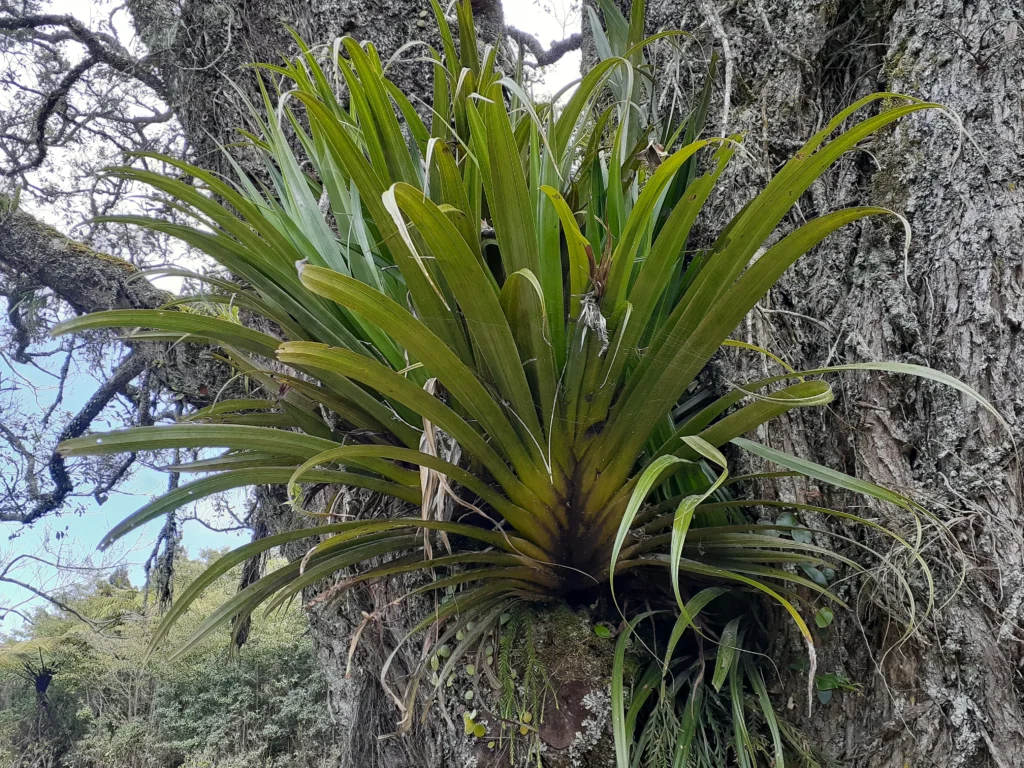
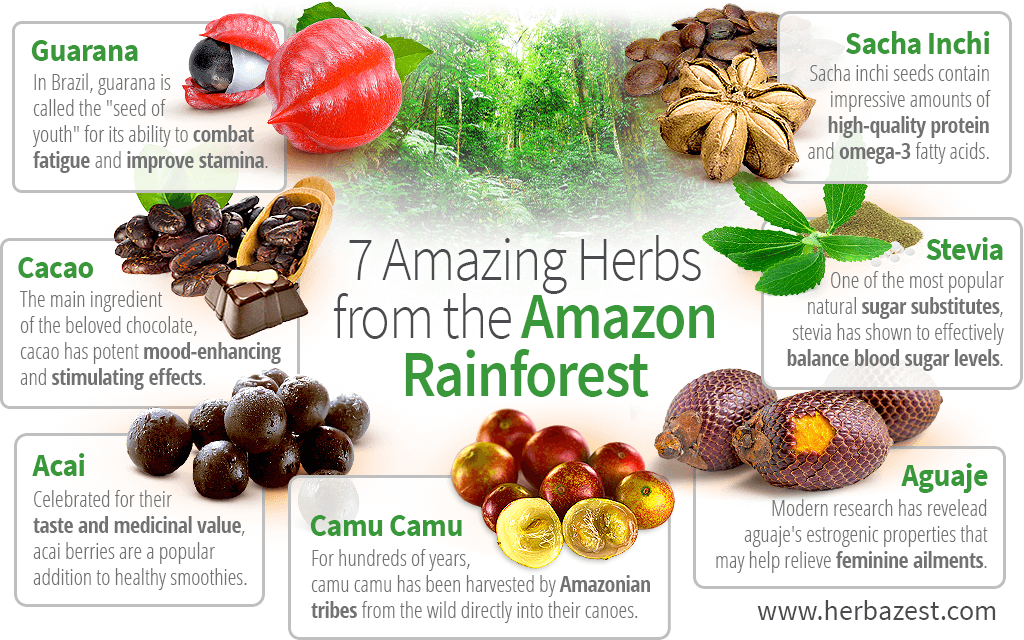
Medicinal Plants: The Amazon Rainforest is a source of many medicinal plants used by indigenous communities and for modern pharmaceutical research. Examples include the cinchona tree (source of quinine), used to treat malaria, and the cat’s claw vine, believed to have immune-boosting properties.
Carnivorous Plants: The Amazon is home to several species of carnivorous plants, such as the Venus flytrap and pitcher plants, which capture insects for nutrients.
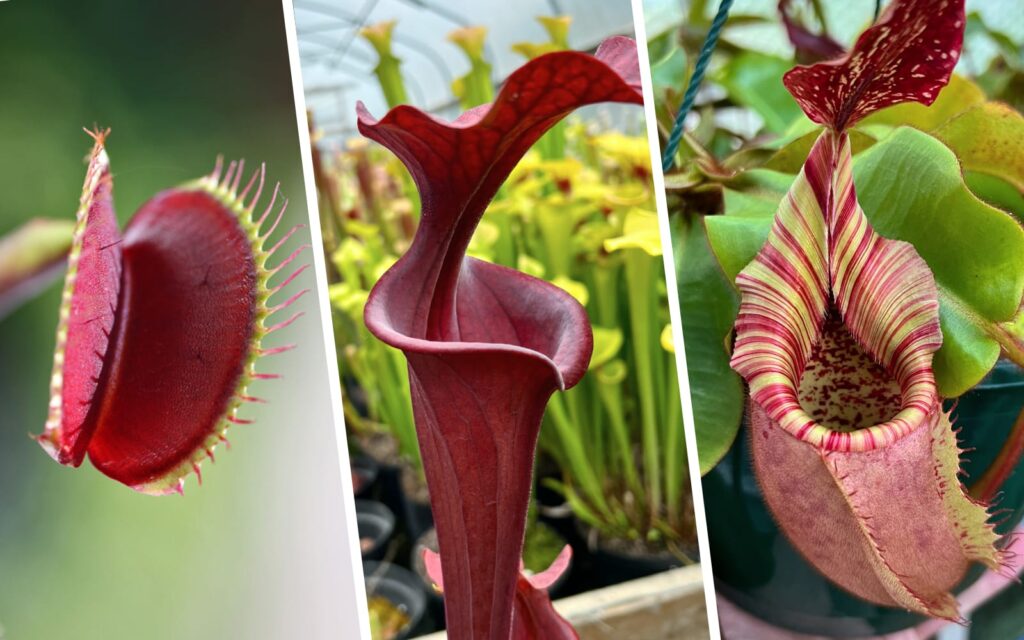
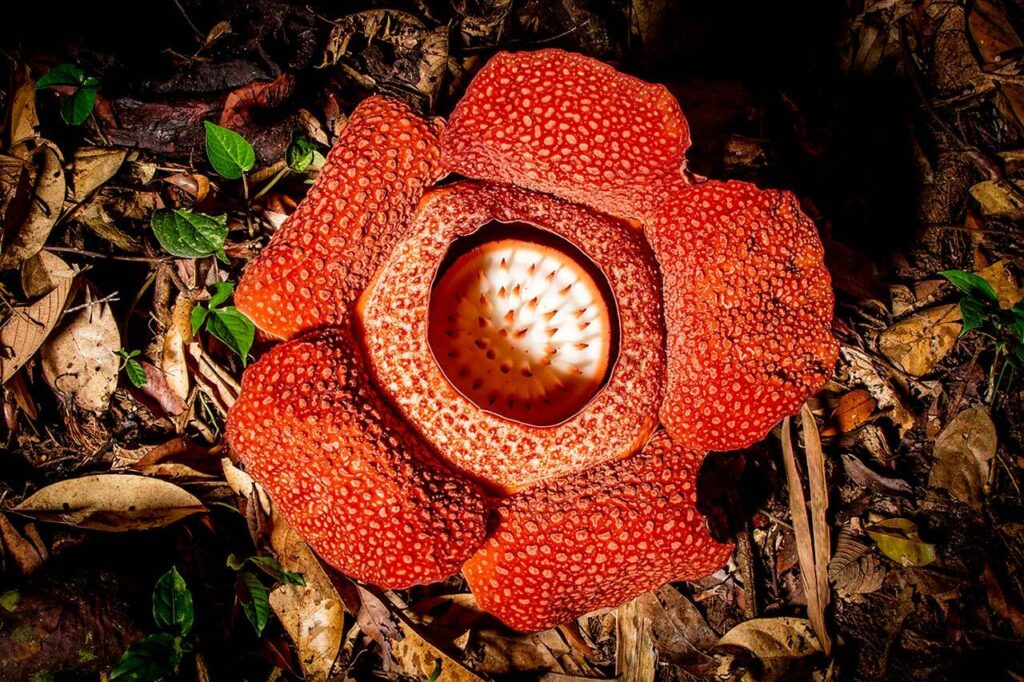
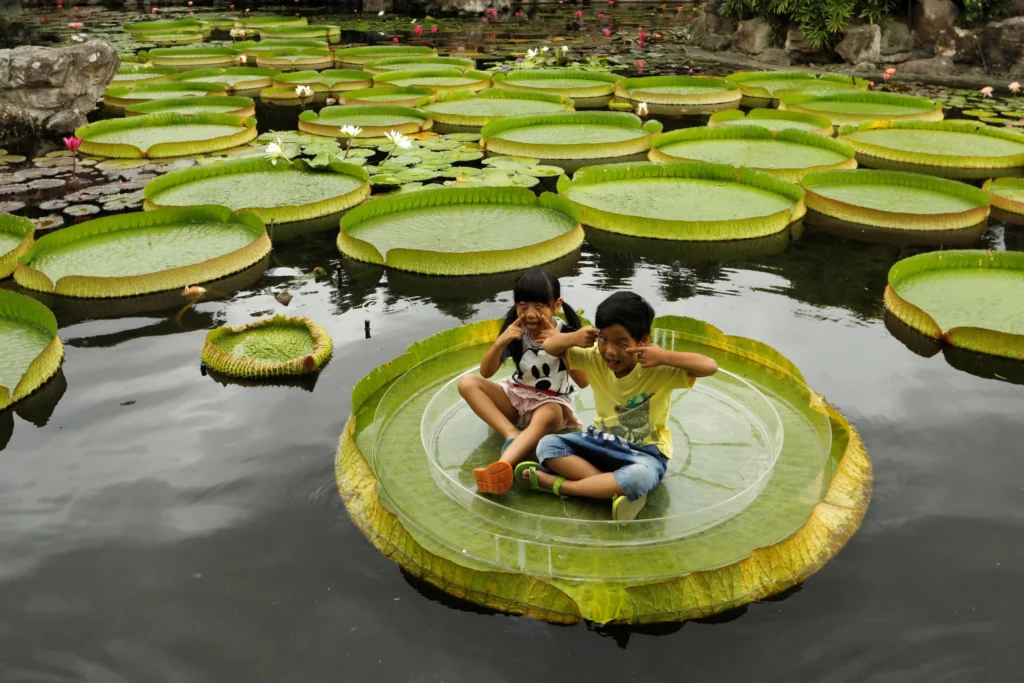
Giant Water Lilies: The Amazon River and its tributaries are home to giant water lilies, including the Victoria amazonica, which have large floating leaves that can support the weight of a small child.
Fauna (Animals):
Jaguars: The Amazon Rainforest is home to the elusive jaguar, the largest big cat in the Americas. Jaguars are top predators and play a critical role in maintaining the ecosystem’s balance.
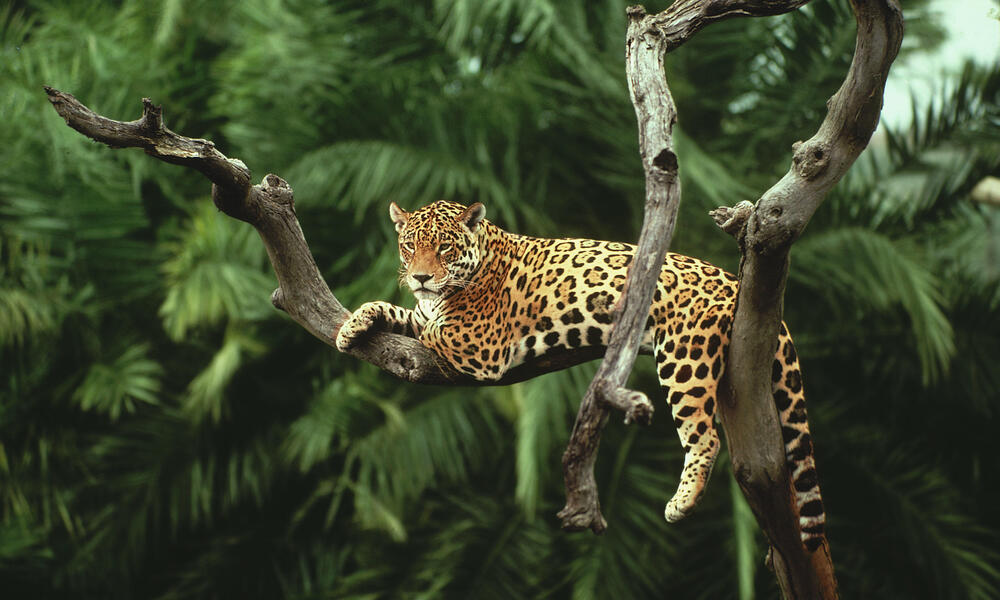
Poison Dart Frogs: These small, brightly colored frogs secrete potent neurotoxins through their skin, which indigenous people have used to poison blow darts for hunting.
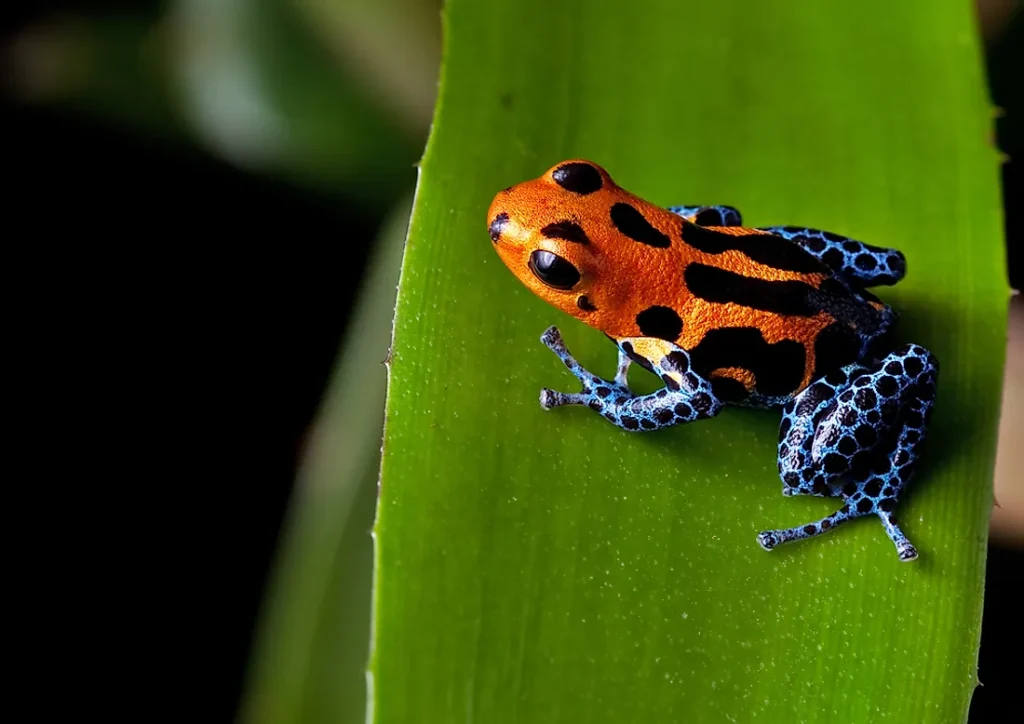
Sloths: The Amazon is home to two-toed and three-toed sloths, which are known for their slow-moving and arboreal (tree-dwelling) lifestyles.
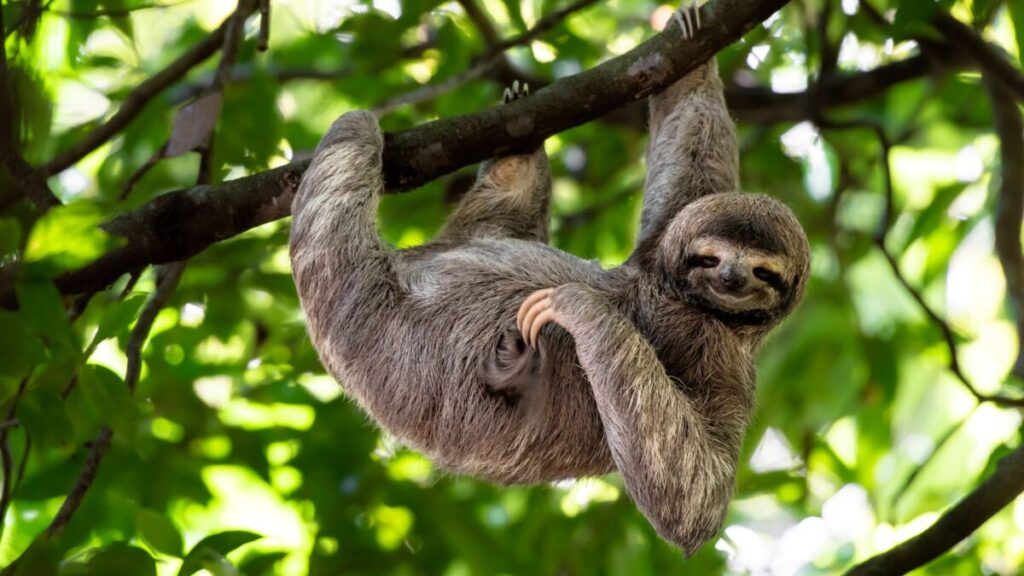
Harpy Eagles: This impressive bird of prey is one of the largest and most powerful eagles in the world, with striking plumage and formidable hunting skills.
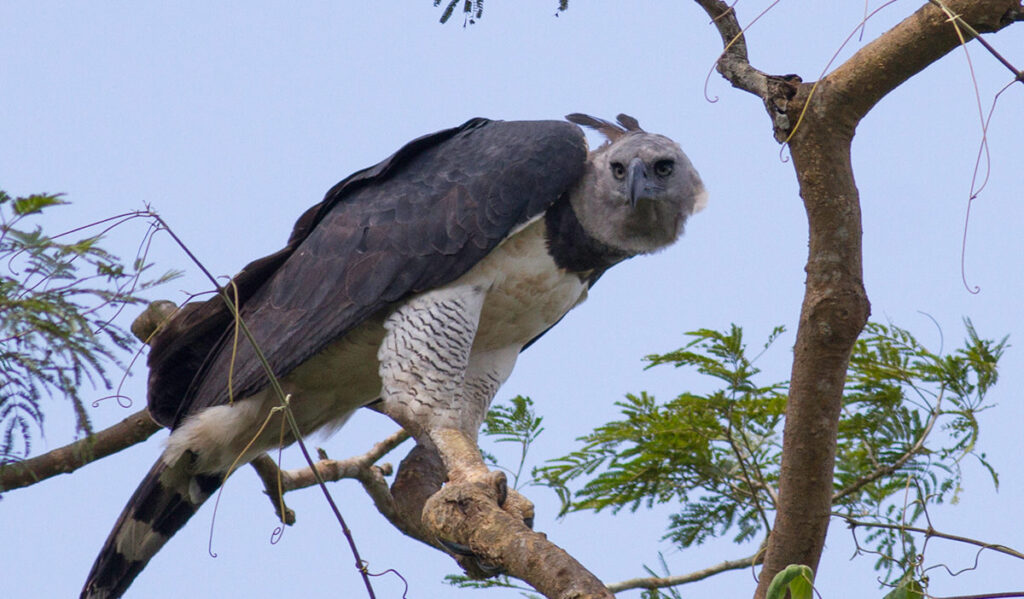
Anacondas: The Amazon River is known for its giant snakes, including the green anaconda, one of the world’s largest snake species.
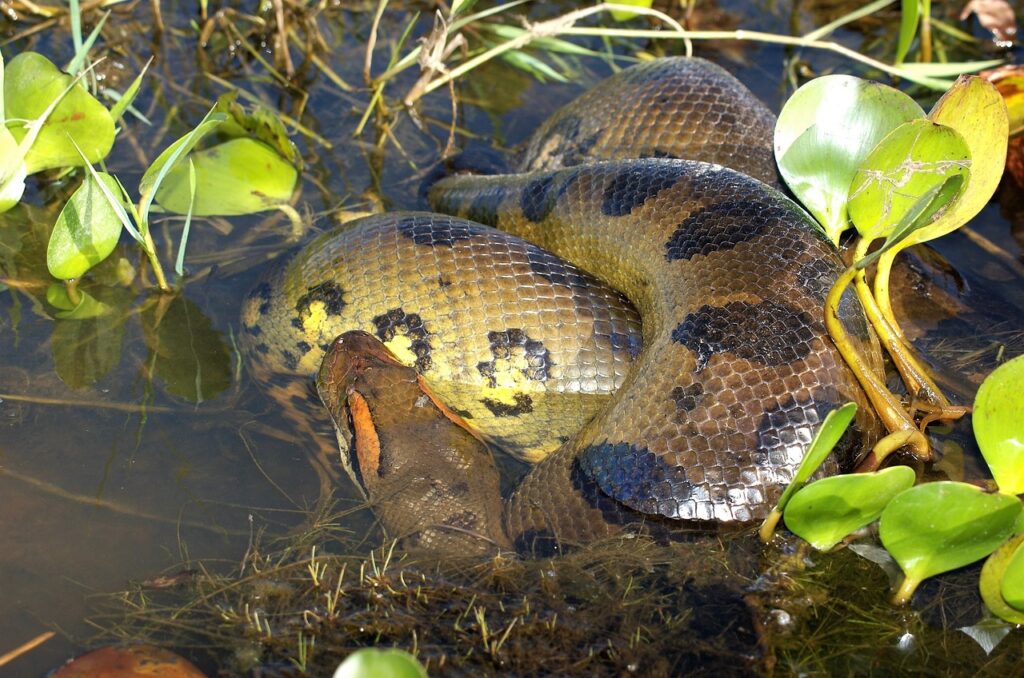
Pink River Dolphins: The Amazon River is home to the pink river dolphin, a freshwater dolphin species known for its distinctive pink coloration.
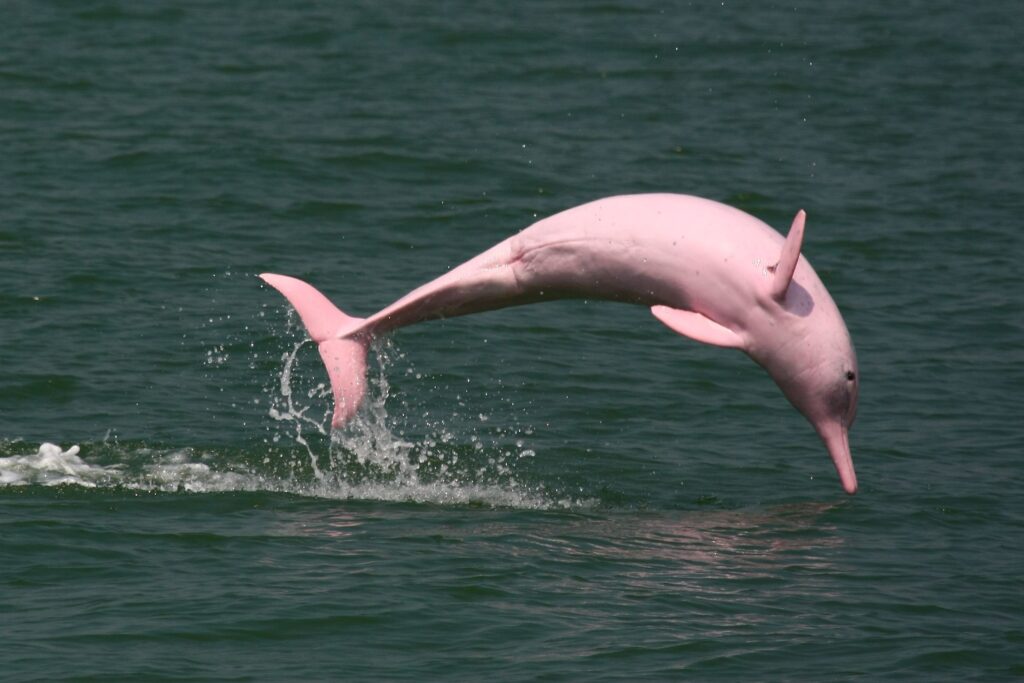
Howler Monkeys: These loud, vocal primates are known for their deep howling calls that can be heard throughout the rainforest.

Macaws and Toucans: The Amazon is home to a dazzling array of colorful birds, including scarlet macaws and toucans, which are known for their vibrant plumage and large, colorful bills.

Anteaters: The Amazon is home to several species of anteaters, including the giant anteater, which feeds on ants and termites.
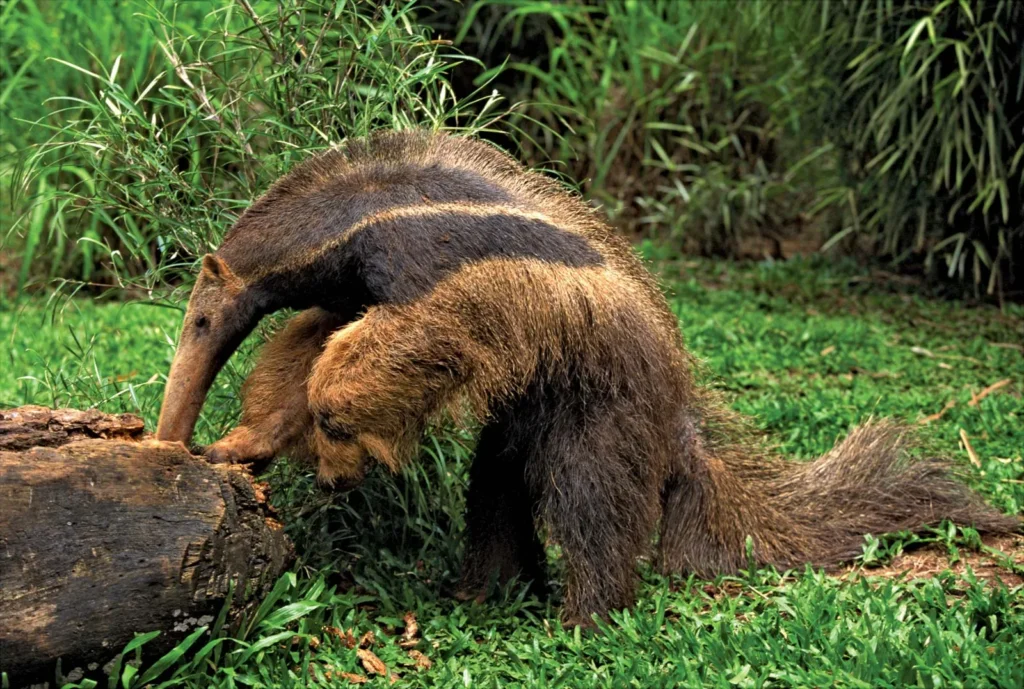
Piranhas: These sharp-toothed fish inhabit Amazonian waters and are known for their carnivorous feeding habits.
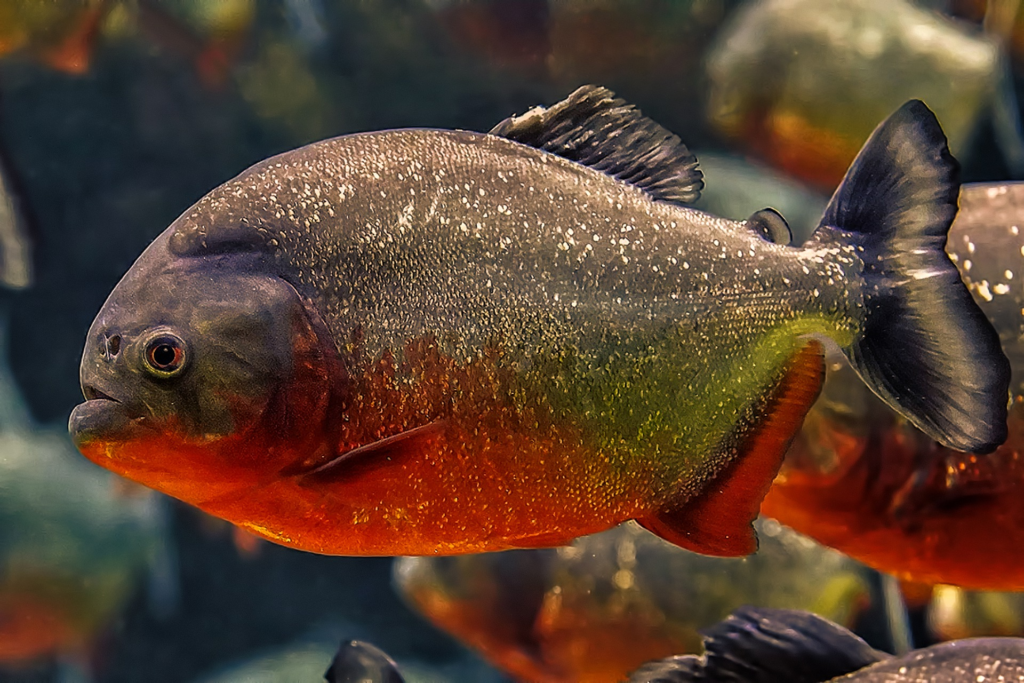
These are just a few examples of the incredible biodiversity found in the Amazon Rainforest. The region continues to be a subject of scientific study and exploration, with new species being discovered regularly. The conservation of the Amazon Rainforest is essential to preserve this unique and vital part of our planet’s natural heritage.
Conclusion
The Amazon Rainforest, with its unparalleled biodiversity, intricate ecosystems, and vital ecological functions, stands as a natural wonder of immense importance to our planet. As we conclude our exploration of this remarkable rainforest, it is crucial to emphasize its significance and the pressing need for conservation and sustainable practices.